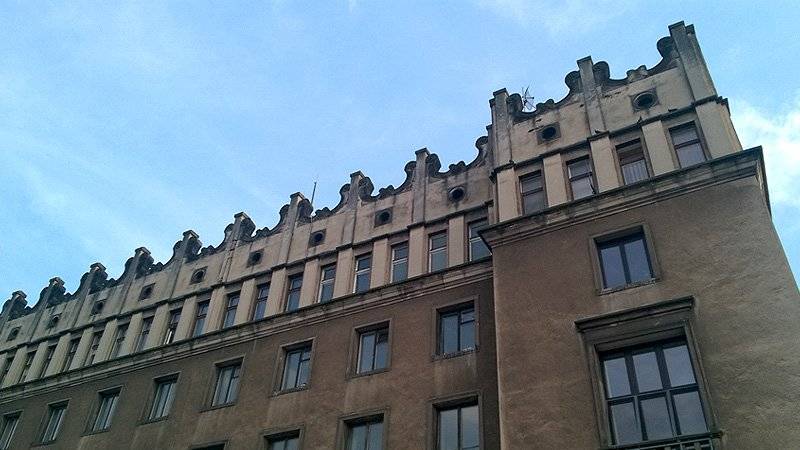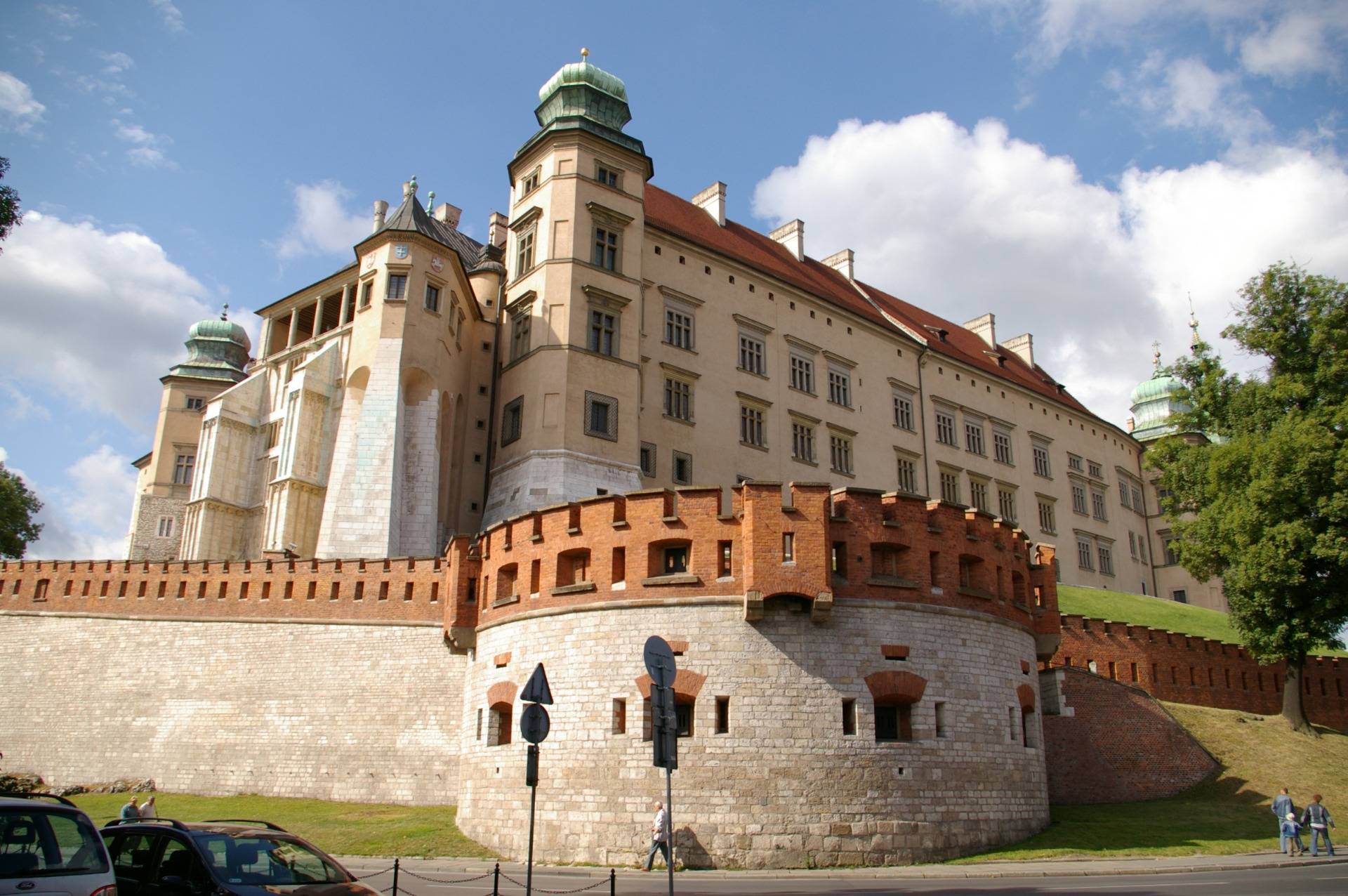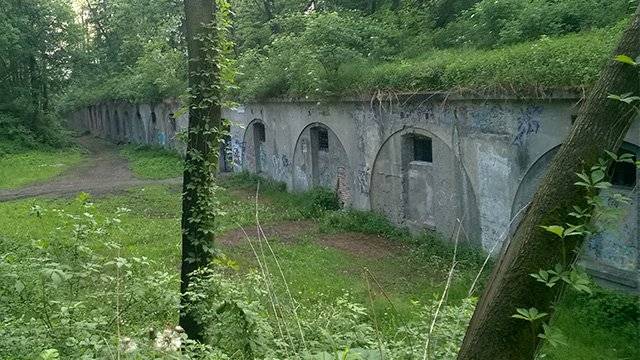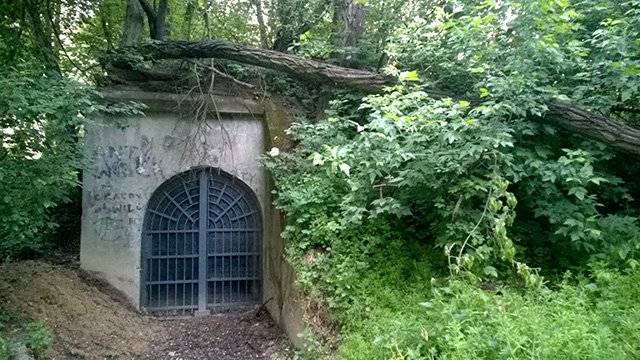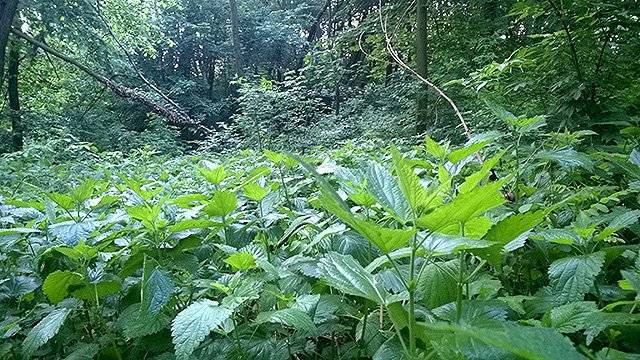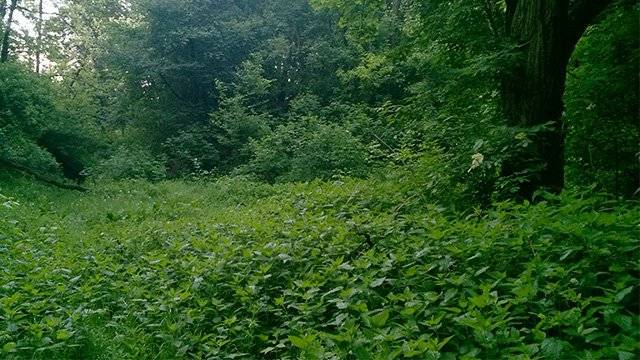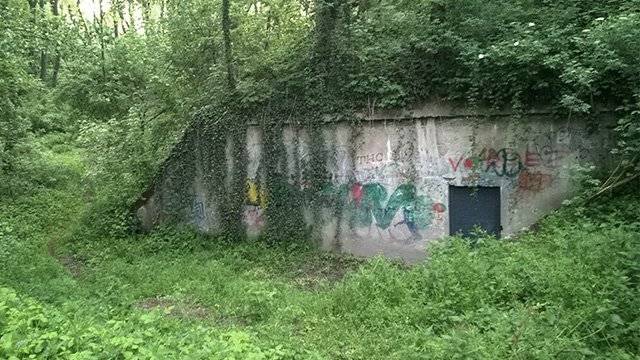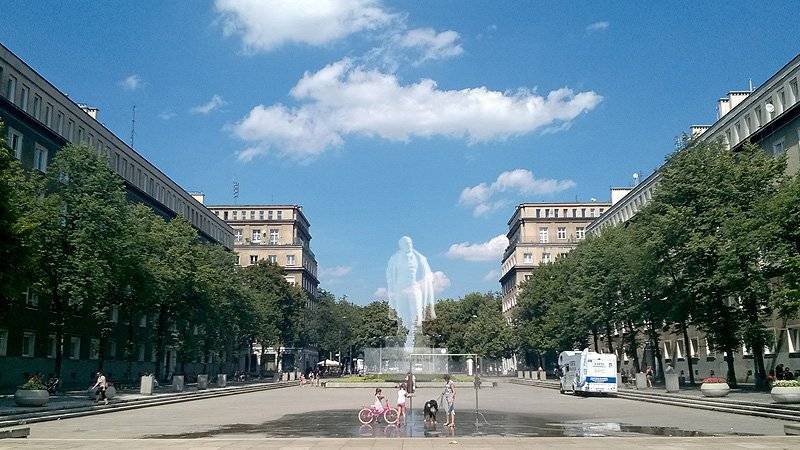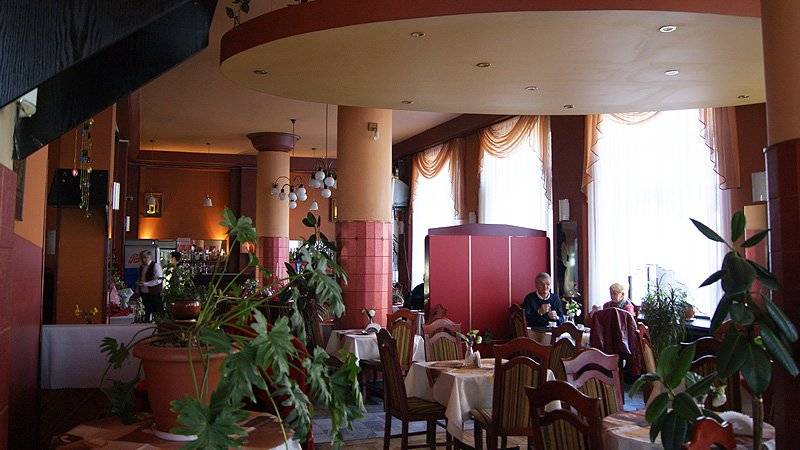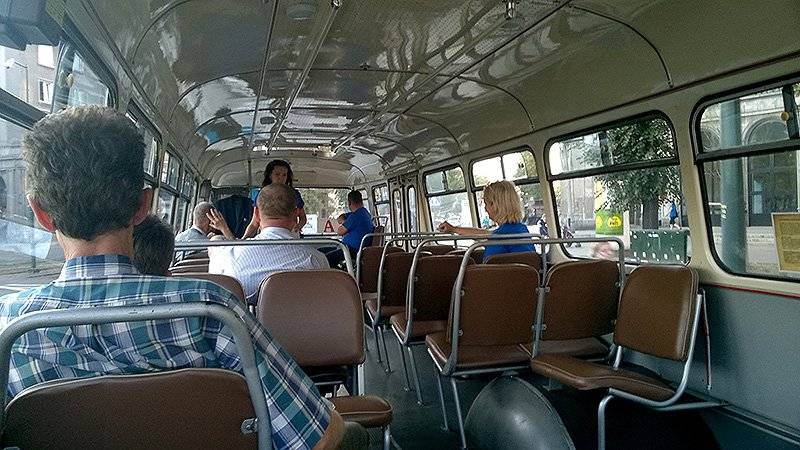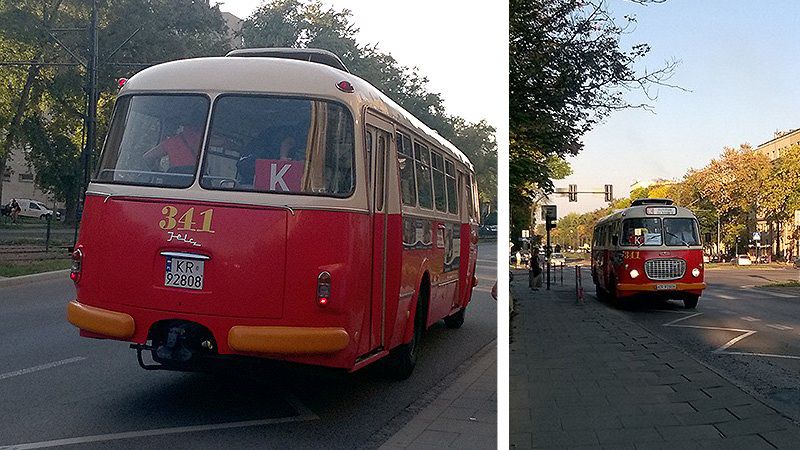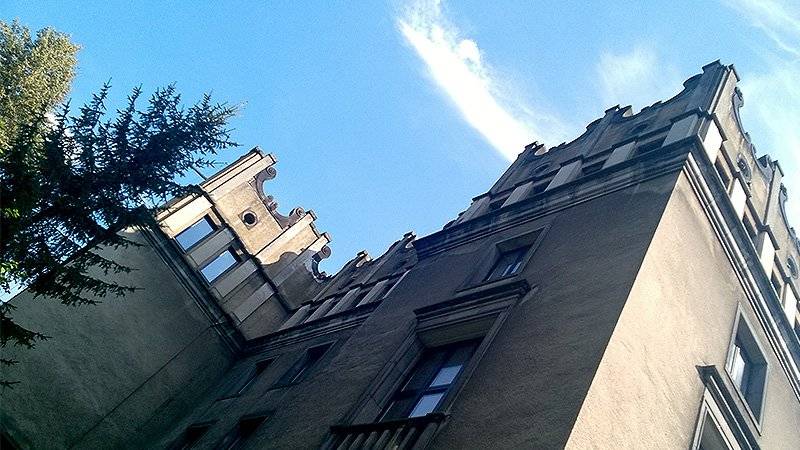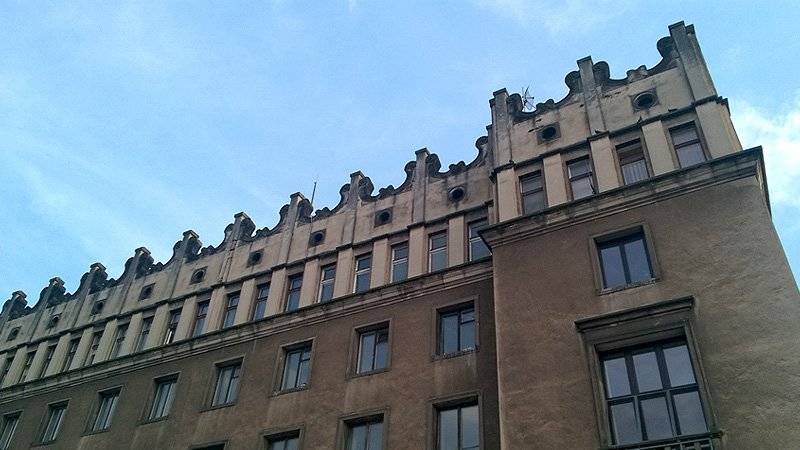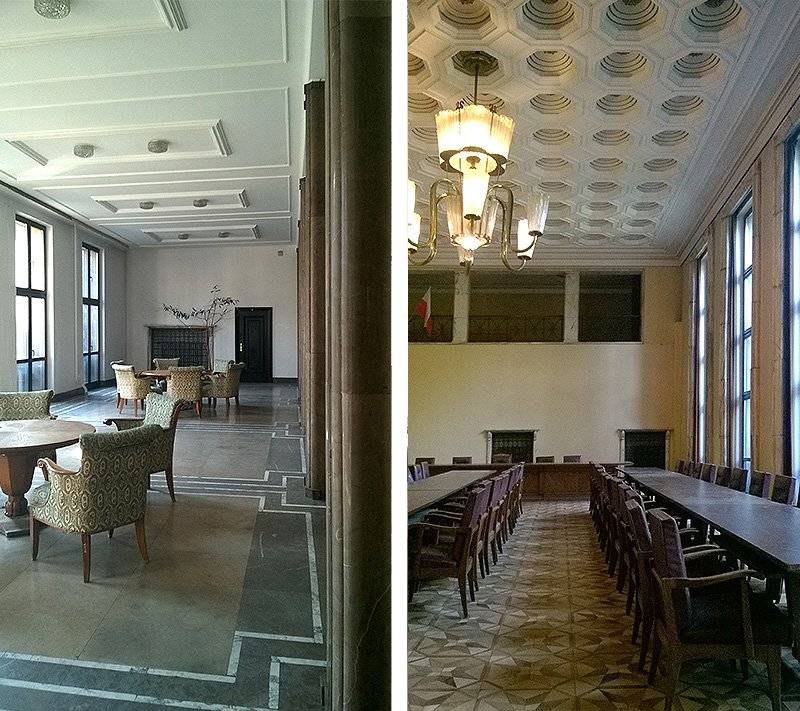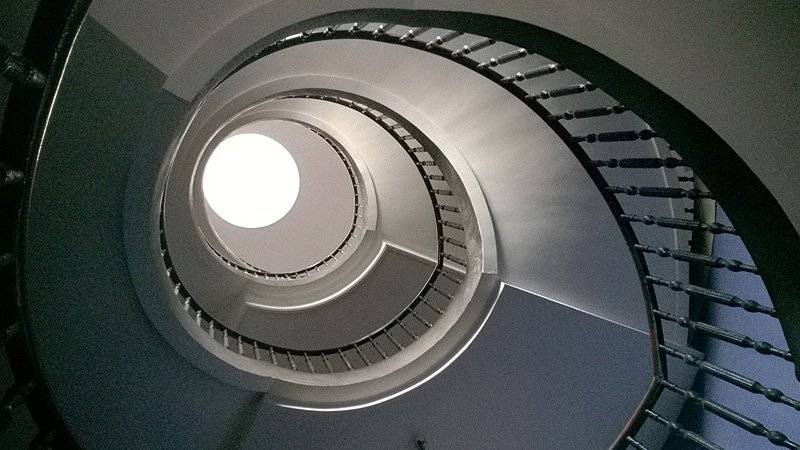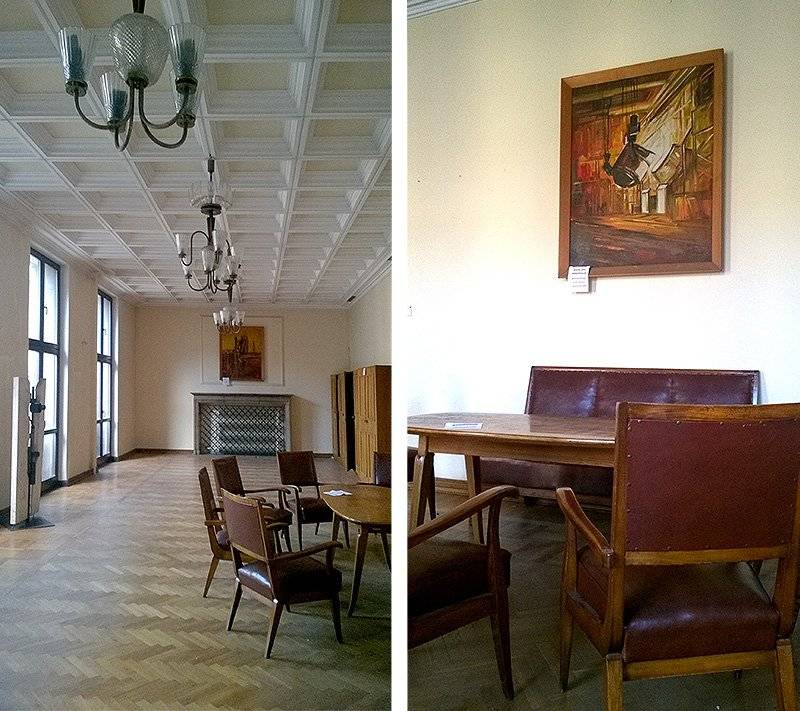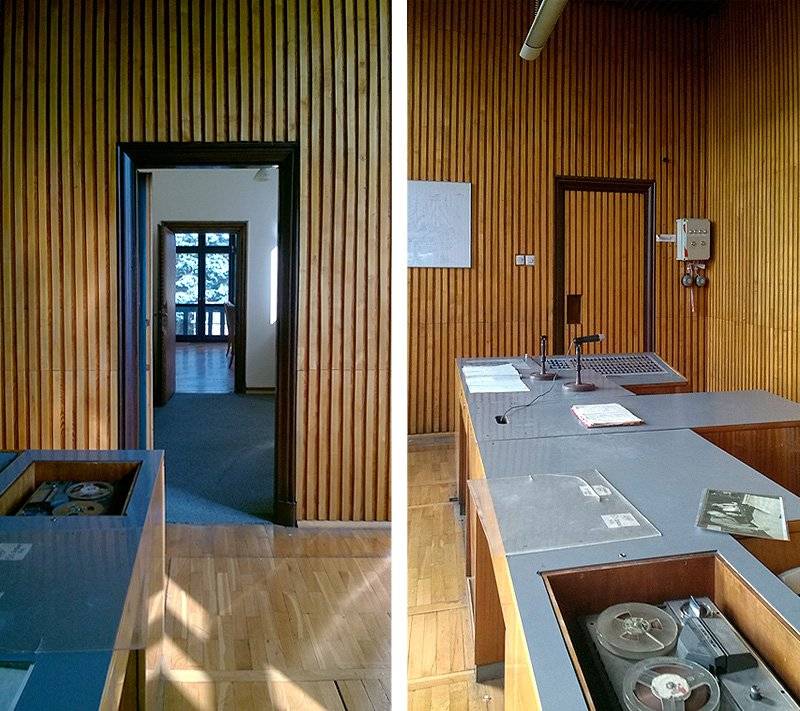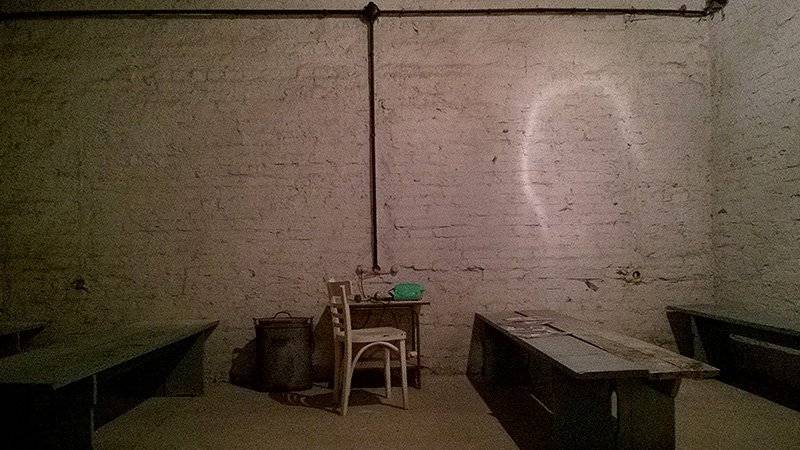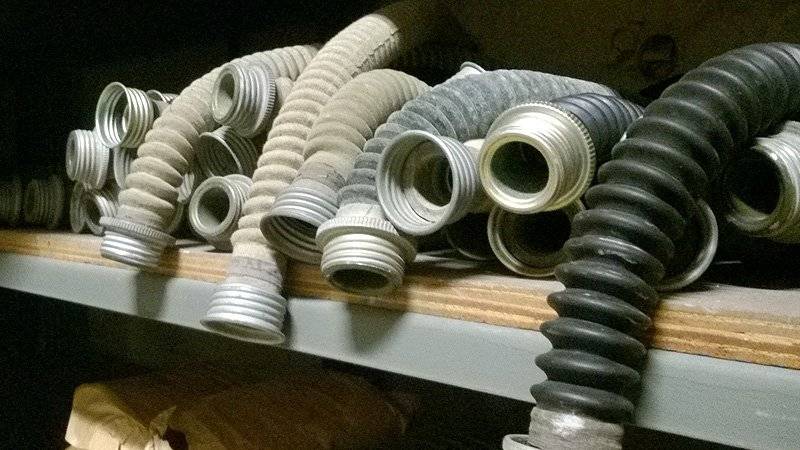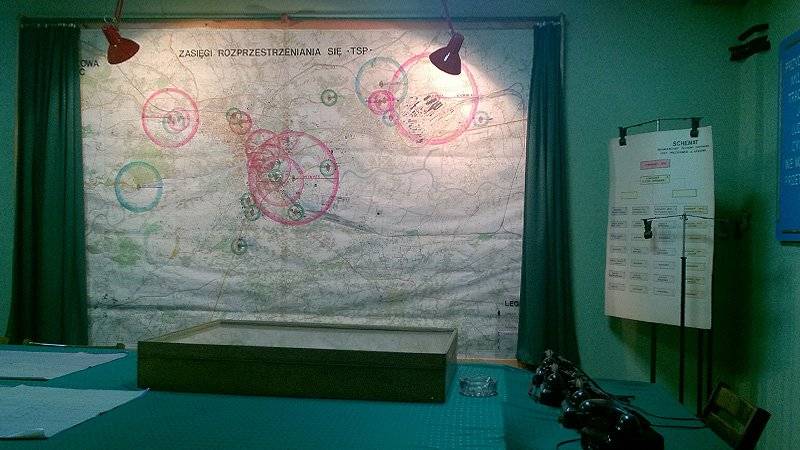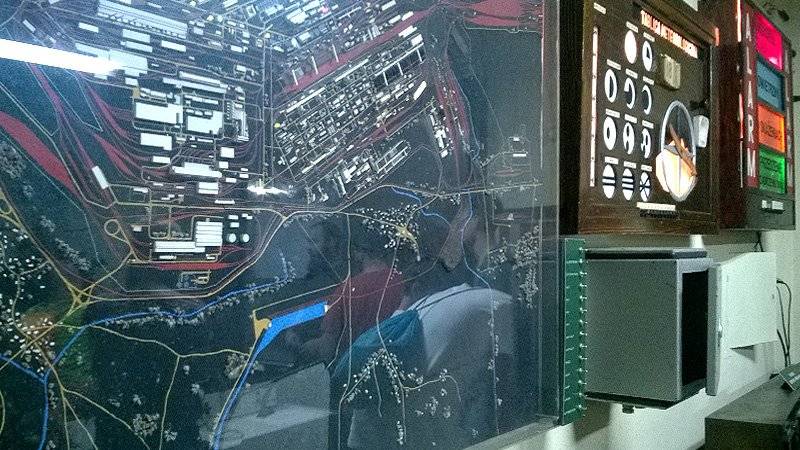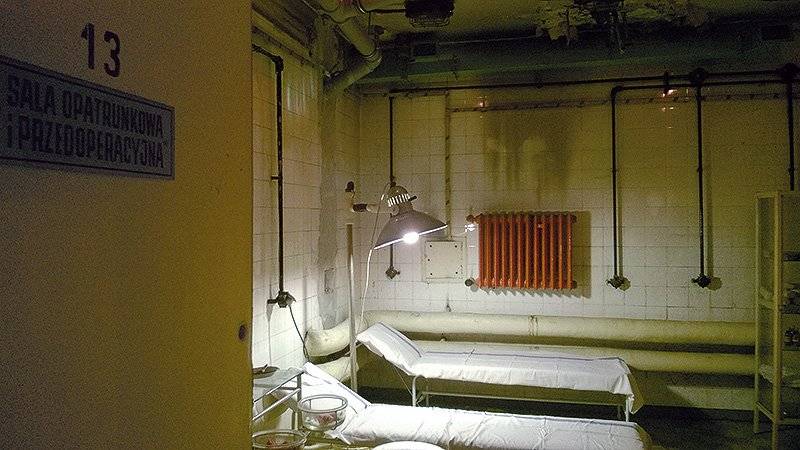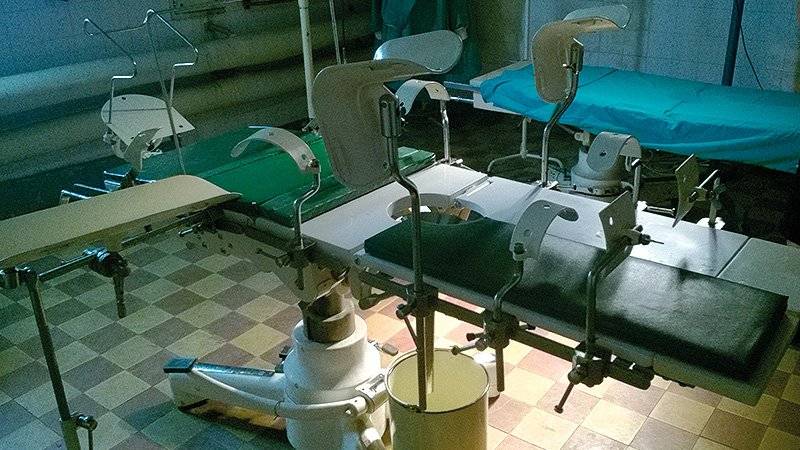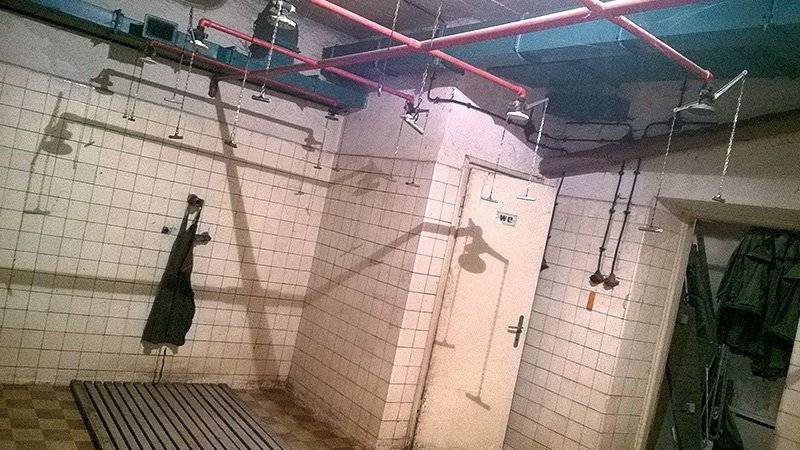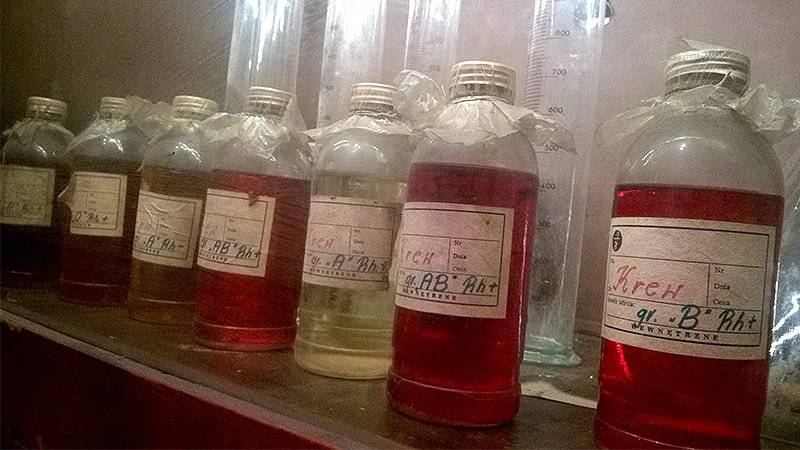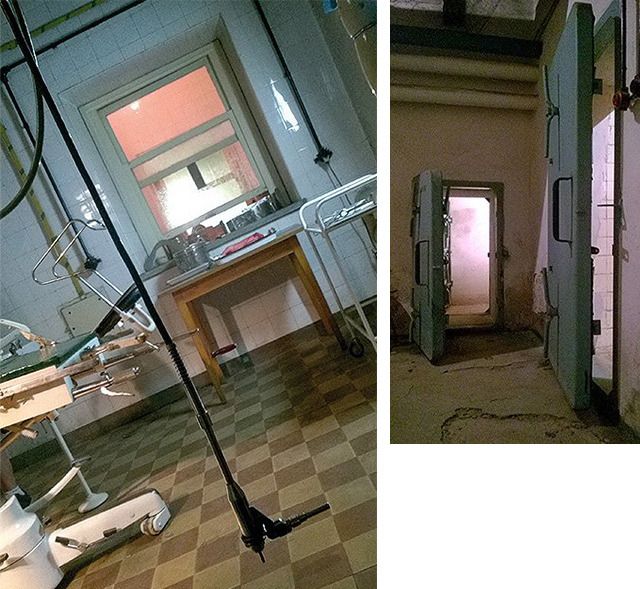Kraków, my hometown, is a very beautiful and popular place. Thanks to its unique, historical architecture and rich cultural heritage, it was inscribed in the UNESCO list more than 40 years ago - as the first European city.
Kraków is not only medieval tenement houses and historic churches from the period of Poland's glory, but it's also the legacy of times less happy for my country - I wanted to write a few words about this heritage.
KRAKOW FORTRESS – THE LARGEST NINETEENTH-CENTURY DEFENCE COMPLEX IN CENTRAL EUROPE
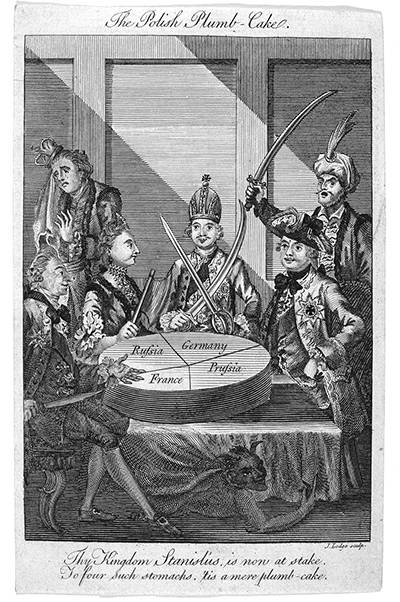
Over the years, the fortress grew - in the city and on its outskirts new objects were created until they surrounded the city with circles.
The last construction and modernization works were carried out at the beginning of the 20th century and finally stopped in 1916.
As a result, over 120 defensive works of various types were included in the fortress, of which 34 forts and several dozen other smaller buildings have survived to this day. Unfortunately, a lot of them are badly damaged. In order to popularize them, a walking and cycling tourist trail were created with a total length of about 100 km. As you can see - there is no way to see them all during a weekend trip to Kraków 😊.
I bet, however, that everyone who was in Kraków saw at least one object that is part of the Kraków Fortress - it's Wawel! Although from the beginning of the 20th century the royal castle was successively rebuilt and restored to its original splendor, it still carries traces from the time when it was a giant Austrian citadel.
Wawel Castel, a caponier - part of Austrian fortifications, by Jakub Hałun [GFDL(http://www.gnu.org/copyleft/fdl.html) or CC BY-SA 3.0 (https://creativecommons.org/licenses/by-sa/3.0)], from Wikimedia Commons
My forts
There are so many fortification objects that virtually every inhabitant of Kraków lives near at least one of them. I have two in the close neighborhood. The first one, Fort Mistrzejowice, built in 1895-1896, is located just a few hundred meters from my flat. I played around there as a child, even though it was already very ruined and dangerous - a miracle that I am still alive! Today I still visit him willingly, I can feel the amazing atmosphere of history there.

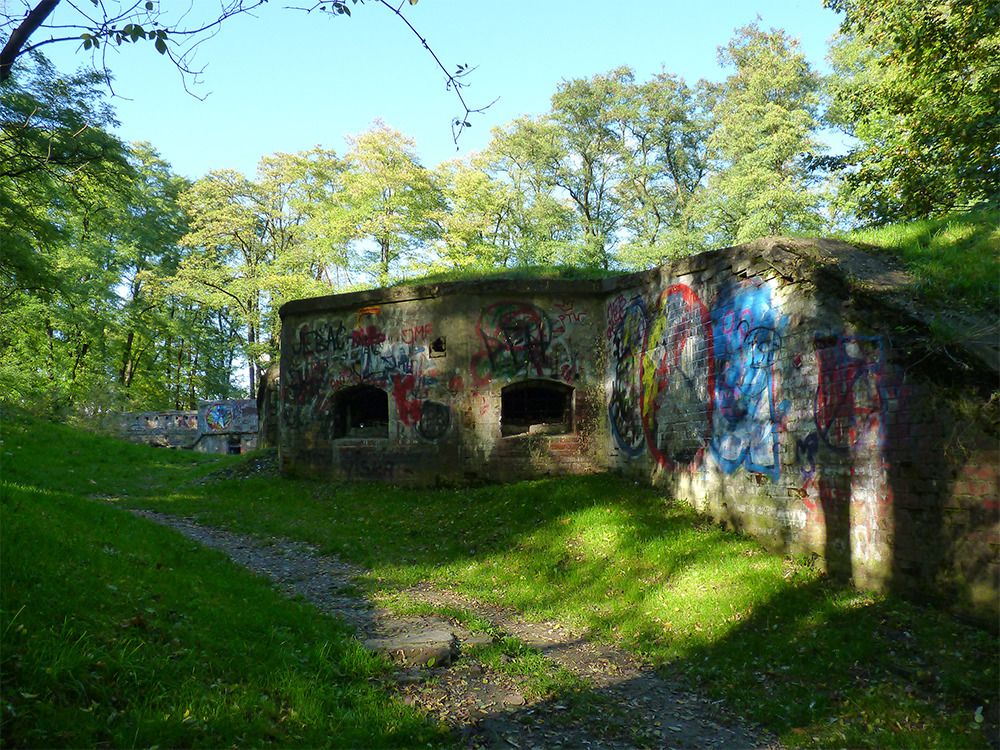

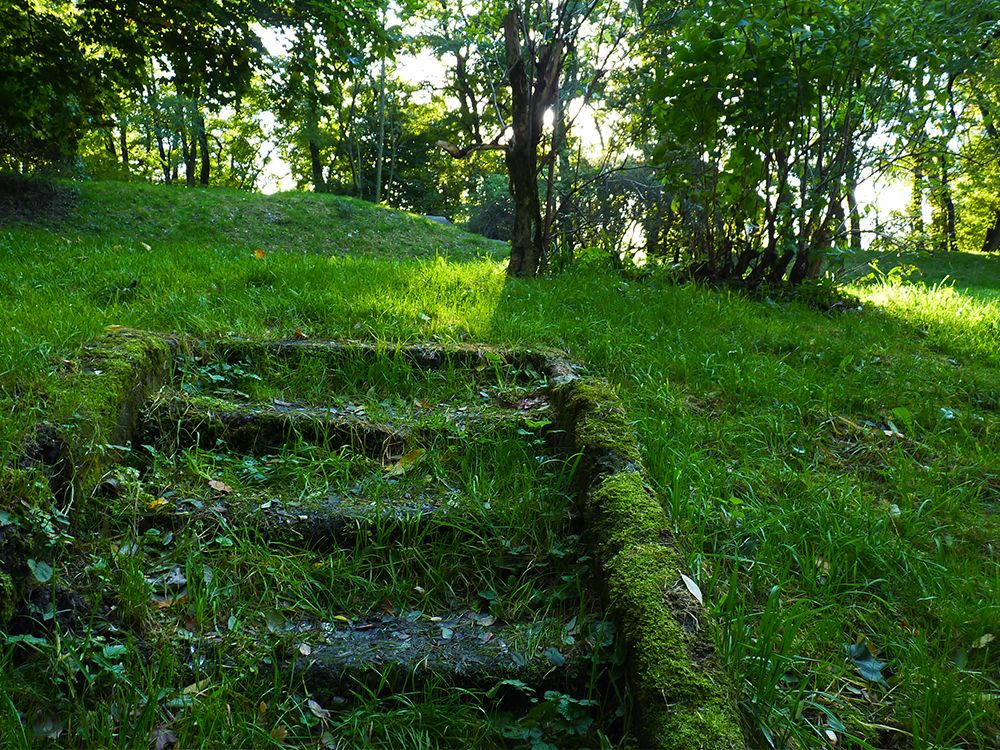
A little further, about a 15-minute walk, there is another object, a larger, heavily overgrown with a wild park. Fort Batowice was built in 1883-1885 as a typical artillery fort. In November 1914 it successfully defended Kraków against the Russian army and has been abandoned since the 1970s. To explore all its nooks and crannies I had to wade through the thickets of bushes - a real adventure fifteen minutes from home!
I had to cross a sea of nettles!
I really loved it!
And these are several more forts in the neighboring district:
Fort Dlubnia, quite well-preserved. Around 1930 a radio station was placed in it, thanks to which German broadcasts were listened to - supposedly the materials collected here helped decipher Enigma.
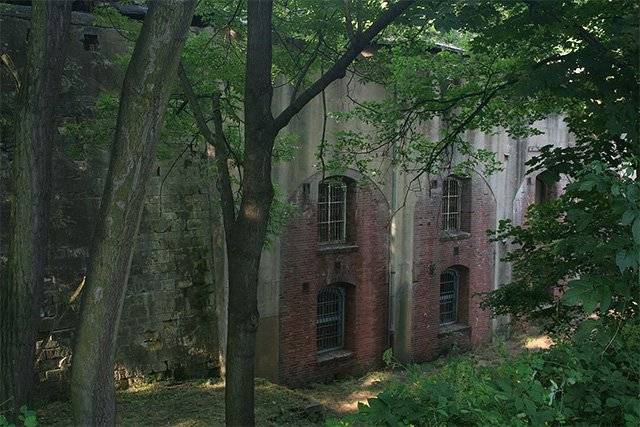
By Felis domestica [CC BY-SA 4.0 (https://creativecommons.org/licenses/by-sa/4.0)], from Wikimedia Commons
Artillery Fort Krzeslawice, which took part in the fighting during World War I. In the years 1939–1941, the Nazis used the fort moats to carry out executions of Polish prisoners. After the war, 440 bodies were exhumed from nearby graves and laid in a mass grave, and the victims were commemorated with a monument. The building is restored and developed - it currently serves residents as a Youth Culture Center.
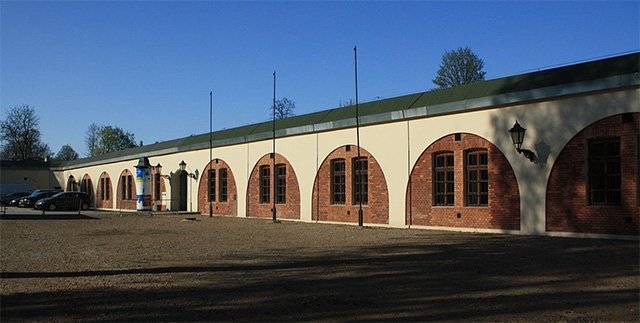
By Pawel Swiegoda (Paberu) [CC BY-SA 2.5 (https://creativecommons.org/licenses/by-sa/2.5)], from Wikimedia Commons
Grebalow Fort built in 1897-99, also took part in the Great War. It is now the seat of a riding school.
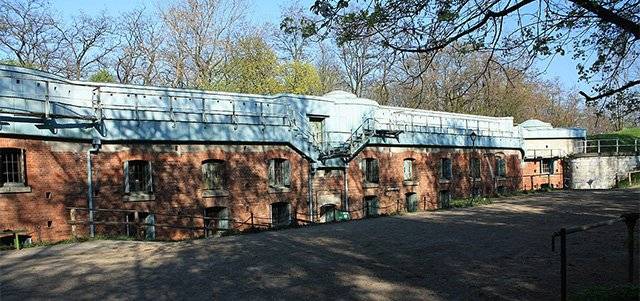
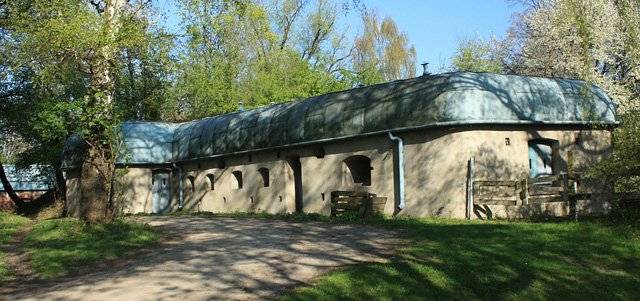
By Pawel Swiegoda (Paberu) - Praca własna [CC BY-SA 2.5 (https://creativecommons.org/licenses/by-sa/2.5/deed.en)], from Wikimedia Commons
The five forts I described above are close enough to each other to successfully visit them during a one-day walking tour. An even better idea is to use bicycles!
Krzeslawice and Grebalow belong to the few forts preserved in good condition and used to this day. I will cite two other examples known in Kraków: Fort Kleparz in the city center, in which events and concerts take place:

By Pudelek [GFDL (http://www.gnu.org/copyleft/fdl.html)], from Wikimedia Commons
and Fort Kosciuszko, built around the Kosciuszko Mound - seat of museums and exhibitions:
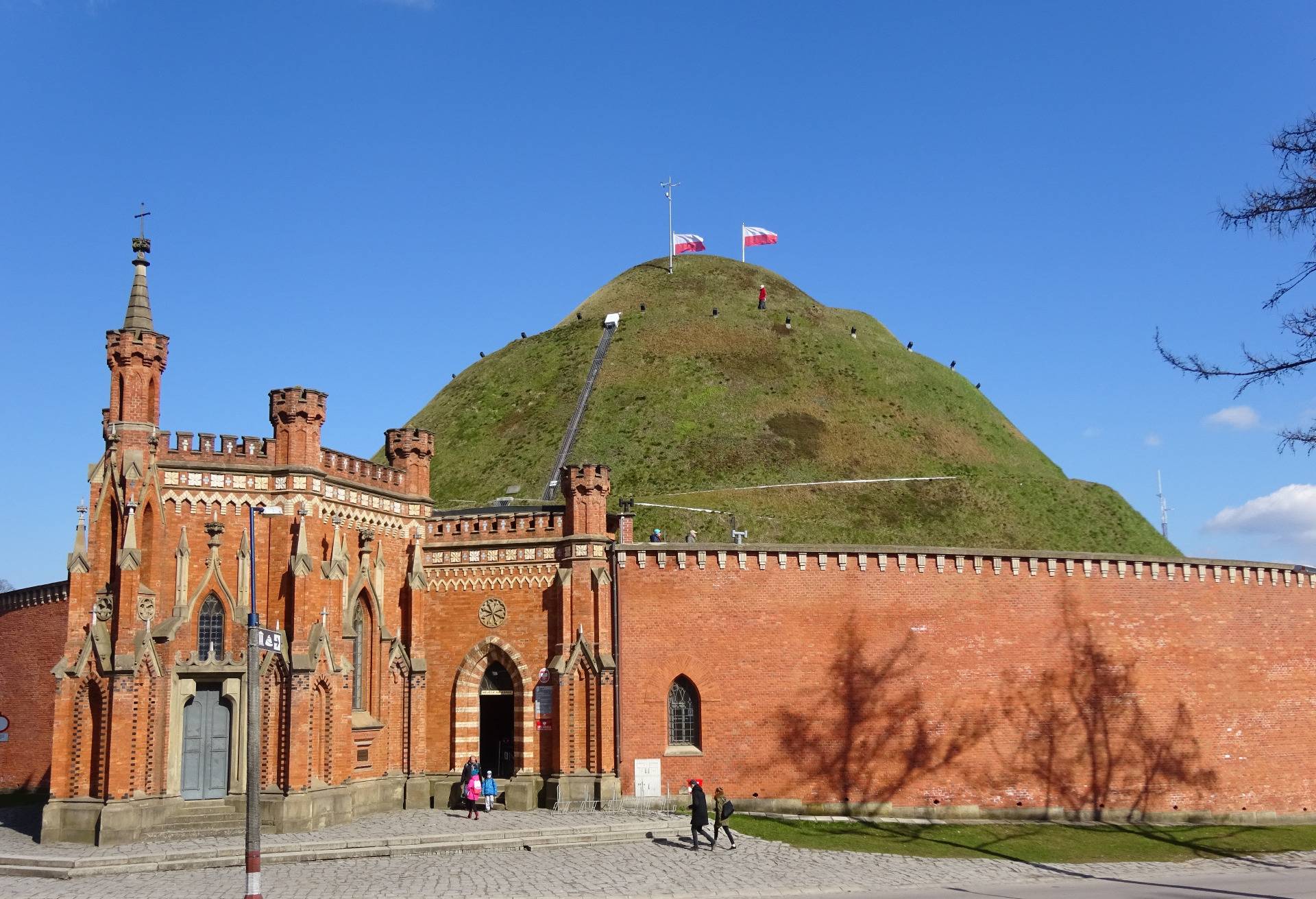
This is only a tiny fragment of what is left of the once-powerful Kraków Fortress. Perhaps it's not as spectacular as other, older monuments in my city, but I love to visit, photograph, and inhale the cold, history-saturated air from inside the forts. Regardless of who built them, this is part of my country's history and a unique monument on a global scale.
NOWA HUTA - THE LEGACY OF COLD WAR
Another place that is definitely worth visiting is Nowa Huta, a district of Kraków built by communists after WWII, as a workers' city - was to be a counterweight to the conservative, bourgeois old town. It was also a workforce base for the nearby Lenin Steelworks.
I have lived here since I was 3 and as a teenager I hated this place. It seemed sad, boring, and deserted to me, whenever I could, I ran away with friends to the old town.
But this has changed - Nowa Huta with its space filled with greenery, wide streets, and characteristic socialist-realist architecture became my favorite place for walking. Colorful, full of concerts and cultural events, with interesting places and young people it is a great alternative to the old center besieged by tourists. It is also a witness to the recent history of my country, the effect of the short-lived triumph of the communist regime.
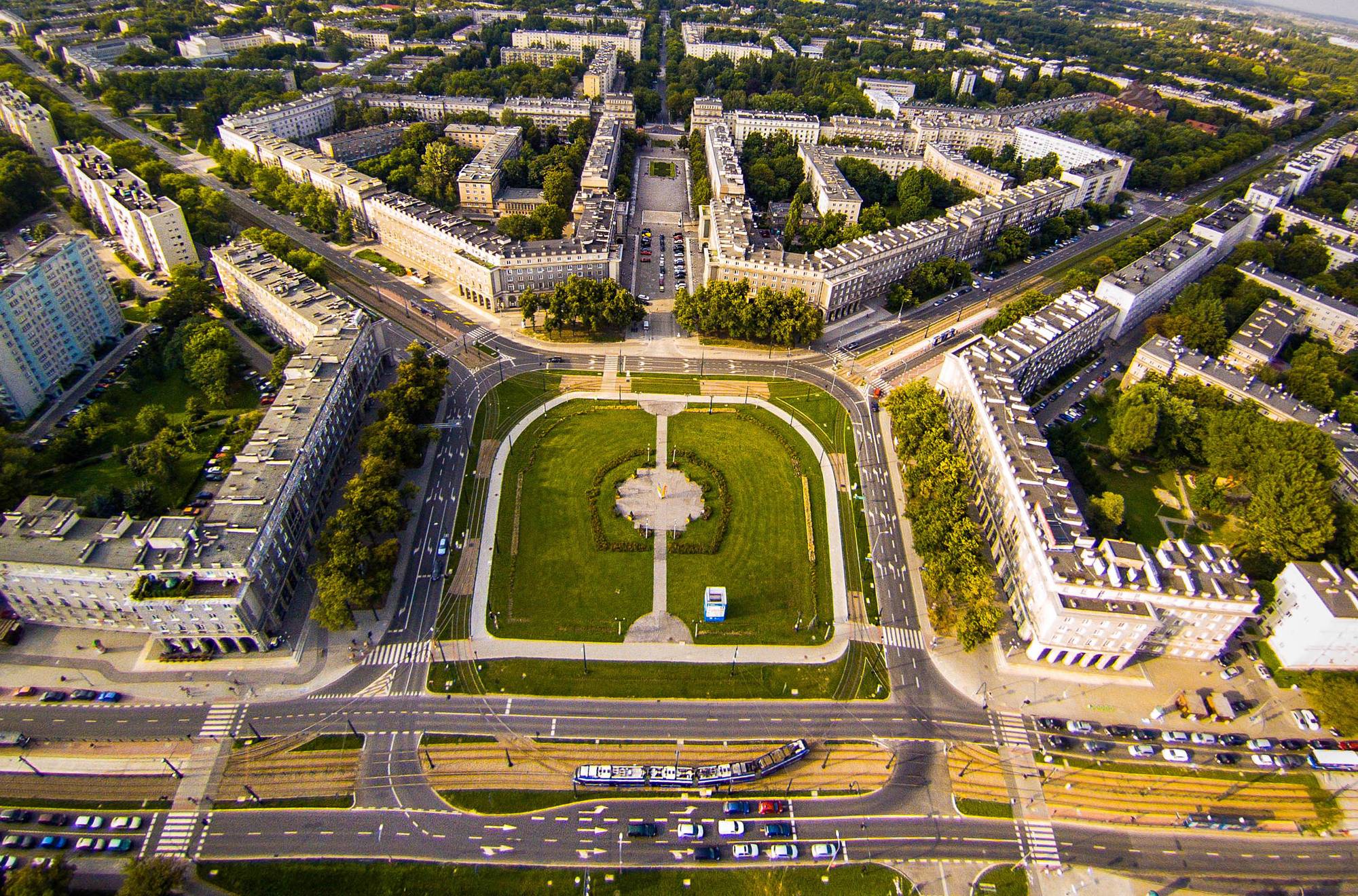
Do you know what makes me happy? That we inhabitants were able to tame this past and made it our export commodity. Nowa Huta is more and more often visited by tourists, including foreign ones. It is worth taking a walk among the impressive, socialist-realist buildings, take an old bus called "cucumber", dine in a cult place and look at the square where comrade Lenin's monument once stood. If you go on a trip with a local guide, you'll definitely hear lots of funny anecdotes about how the inhabitants dealt with everyday life and what pranks they made to the monument of Lenin. Even quite recently guests of nearby restaurants told waiters to bring vodka and appetizers to the monument, the residents left "notes" - joking or offensive, and finally someone almost blown up the monument. Lenin lost only his left foot, but all the windows fell out of the surrounding buildings. The history is quite fresh here. And although the monument itself has long been a memory, the spirit of Lenin still hovers over this place...
... Okay, it's just a photo montage 😉 But the monument stood exactly in this place.
An undoubted attraction, even for local residents, is the Administrative Center of the Sendzimir (formerly Lenin) steelworks which includes two twin buildings (one for the workers, the other for management), also called the "Doge's Palace" or the "Vatican" due to the many references to the Renaissance. The building for the management has been abandoned for years - unfortunately the owner has no money for renovation, and the city cannot or doesn't want to buy the building. It's a shame because it would be a great museum! Fortunately, part of the building is open to visitors (for organized groups).
From the outside, the buildings look the same (in socialism, theoretically, everyone was equal!), but their interiors differ in decor and finish. In the abandoned building for management we can see the most expensive materials: marbles, expensive wood furniture, leather upholstery, large crystal chandeliers, etc. This part has an amazing atmosphere! The smell of dust, old upholstery, and marbles creates an unforgettable mix.
Due to the fact that the building is abandoned and the interiors are preserved unchanged for decades, films or music videos are often made here.
Under these buildings there is another attraction - the anti-aircraft (also called anti-nuclear) shelter. In fact - it wasn't a typical nuclear shelter until the 1970s that certain modifications were introduced to make some rooms resistant to the first nuclear strike.
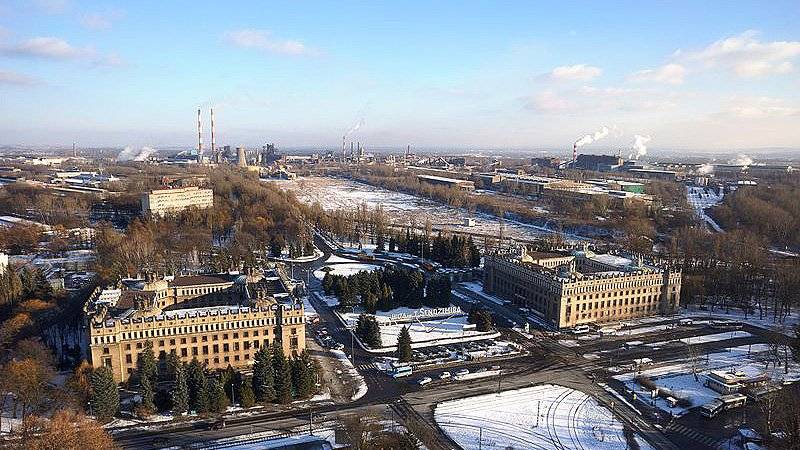
The underground, partly preserved in its original shape and partly restored, takes us to the times when the threat of war between east and west seemed very real.
We can feel the horror of those days and at the same time appreciate that we live in relatively calm times.
In addition to the parts for ordinary workers, the shelter also had a command center - it's almost fully equipped to this day.
During the crisis, in this place specialists and all decision-makers were on duty by the phone.
A similar shelter is located under one of the local hospitals, in the event of an attack it was to be a Medical First Aid Unit. Fortunately a shelter was never used as intended. Almost all the equipment has been inserted there in the last years, but it's authentic and comes from the sixties - eighties. Anyway, it looks like a set design for a horror movie!
That's all I wanted to show you today. Of course, there are many more such places in Kraków and I could talk about them endlessly... There is nothing else for me to do but invite you cordially to my city - in more favorable times 😊. I encourage you to get off the beaten paths and visit places less known... They are usually full of surprises!
Thank you for your attention!
I am the only author of the text and all photos without a signature. Some of my pictures have also been published by me in other places.
The other (signed) pictures were used in accordance with the assigned license.
sources:
- Information brochure "Cracow Fortress Trail" developed by the City of Kraków
- Atlas of the Krakow Fortress, Waldemar Brzoskwinia, Jan Janczykowski
- www.fortyck.pl
- www.twierdza.art.pl*
